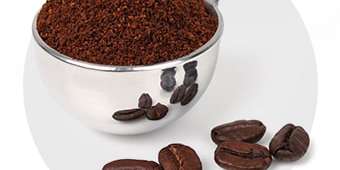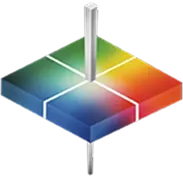1. Coffee Is Measured Against Many Industry Standards
From the moment fresh coffee beans are harvested from the plant, these products are subject to a number of industry standards upheld through the Coffee Quality Institute (CQI) and Specialty Coffee Association (SCA). They go through color measurement before roasting, after roasting, and after grinding, along with defect analysis and scent testing.
2. Roast Time Significantly Affects Color
Once the best beans are initially separated through green grading, they move on to the most important part of preparation — the roasting. This process is where a coffee bean becomes a light, medium, or dark roast, and it is essential in determining color, aroma, and taste. The coffee bean starts green, and throughout the roasting becomes tan, then brown, and ultimately black if roasted for long enough. Every second in this process counts when creating the color and flavor profile you intend.
3. Temperature Plays a Role
While the roast level of coffee beans determines the majority of the blend's color and flavors, it's important to note that the temperature at which you roast your beans also plays a role. Roasting the beans quickly at a high temperature may give you the surface color you expect faster, but leave you with underdeveloped flavors inside, resulting in a coffee that's more acidic when ground and brewed. To maintain a color that accurately identifies the roast level, you may want to observe a consistent roasting temperature.
4. Coffee Color Changes Over Time
Similarly, once coffee is brewed, it changes color as it cools in temperature. These changes are not as noticeable to the human eye, which is why HunterLab recommends using a spectrophotometer to measure the coffee at the same time throughout every batch.



